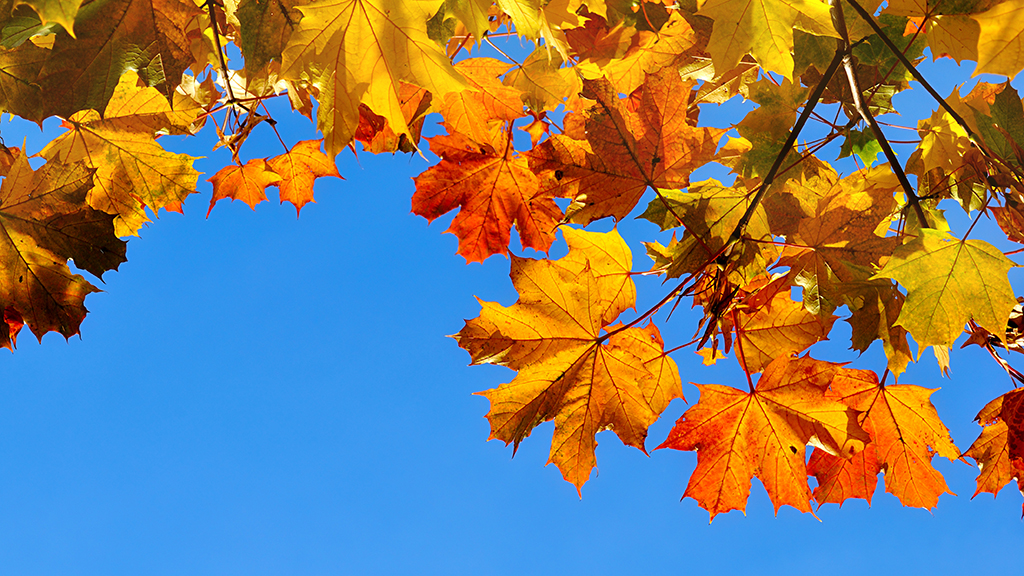Abstract
In this interrupted case study developed for use in a flipped classroom, students read about a picnic that takes place in autumn during the peak of fall color and along the way learn about light absorption by photosynthetic pigments, why leaves turn color in the fall, atmospheric CO2 concentrations and their effect on photosynthesis, and the C3, C4, and CAM photosynthetic pathways. The case is designed to provide introductory biology students with a basic understanding of photosynthetic pathways and how environmental factors affect plants using these pathways. The activity could also be used in an advanced high school biology course covering photosynthesis. The case includes several short videos that students watch as homework before coming to class so that they are prepared to work together in class in small groups to answer the case questions.



